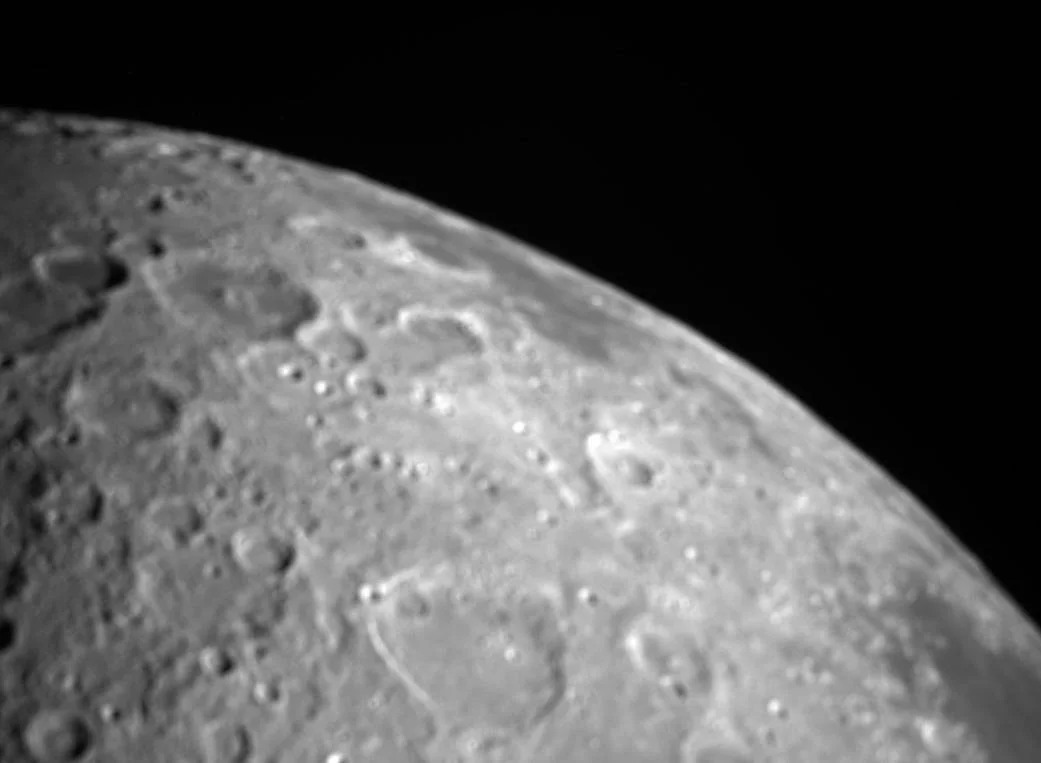Scientists found the source of moonquakes
- September 16, 2023
- 0
The descent stage of the Apollo 17 space module left on the lunar surface causes moonquakes, according to a new scientific study published Sept. 5 in the journal
The descent stage of the Apollo 17 space module left on the lunar surface causes moonquakes, according to a new scientific study published Sept. 5 in the journal

The descent stage of the Apollo 17 space module left on the lunar surface causes moonquakes, according to a new scientific study published Sept. 5 in the journal Geophysical Research: Planets. By analyzing Apollo-era data using modern computer algorithms, researchers have discovered a previously unknown form of seismic activity on the Moon for the first time.
Significant temperature changes on the Moon’s surface cause the Moon to expand and contract, when in its shadowed areas the temperature drops to -133 degrees Celsius and in direct sunlight under the influence of direct sunlight it rises to +121 degrees Celsius. The structure of the spacecraft’s descent stage. The study notes that this leads to certain effects of certain parts of the natural satellite’s surface that cause the observed vibrations.
In fact, changing temperatures and the resulting expansion and contraction of the surface sometimes shake the entire Moon, researchers say. However, the use of modern AI algorithms made it possible to analyze in more detail the data obtained with the help of equipment for studying seismic activity on the Earth satellite installed several hundred meters from the Apollo 17 landing module.
The study, led by Francesco Civilini, a former California Institute of Technology researcher and now a research assistant at NASA’s Goddard Space Flight Center, offers new insights into how the Moon responds to its environment and what may affect its seismic activity. Moonquakes caused by the Apollo 17 lander are safe and would probably not even be noticed by a person on the moon’s surface.
Understanding the nature of moonquakes is important for future exploration of the moon and the planned construction of a permanent human base there, a key goal of the U.S. lunar exploration program Artemis. For example, information about moonquakes will help understand how powerful it is to build permanent structures on the surface of the satellite and what difficulties may arise with this.
Each lunar landing module of the “Apollo” program was equipped with a means of detecting lunar tremors. The Apollo 17 mission was distinguished by the fact that the module, launched in 1972 and later deposited on the surface of the satellite, was equipped with seismometers capable of detecting thermal moonquakes, or tremors (tremors) caused by the day and night cycles of the moon. When the temperature on the satellite surface increases significantly, it drops significantly below zero.
“Thousands of these signals were recorded by Apollo 17’s four seismometers over a period of eight months from 1976 to 1977, but the poor quality of this data made their analysis very difficult. We developed algorithms that accurately timed them. [сейсмічних] waves measure the strength of seismic signals and determine the direction of the source of moonquakes” — researchers report in their study.
Scientists reexamined these data for the first time in decades. A new analysis has found a type of moonquake called sudden thermal moonquakes that is caused not by natural sources but by the heating and cooling of abandoned land.
“Every lunar morning, when the Sun’s activity is at its peak, the module begins creating vibrations. New aftershocks occur every 5-6 minutes. This lasts for five to seven Earth hours. The observed activity turned out to be incredibly regular and repetitive.” “– scientists write.
The study noted that this lunar tremor was different from other moonquakes, called thermal moonquakes, and was most likely caused by natural reactions of the lunar surface under the influence of solar activity. Scientists hope that future lunar missions will allow to determine a more detailed picture of this phenomenon.
In addition to thermal moonquakes, the satellite sometimes observes deeper but also shorter shocks possibly caused by falling meteors. It is significant that unlike on Earth, where earthquakes can be caused by the movement of tectonic plates, there is no such activity on the Moon. But scientists believe that, contrary to established belief, the “inner life” of our planet’s satellite is actually very active. Some seismic events can occur in the interior of the Moon at any time and in any region.
Scientists around the world are now closely monitoring the Indian space mission “Chandrayaan-3” (Chandrayaan-3), whose descent module is also equipped with a seismometer. The Indian Space Research Organization (ISRO) has already confirmed that the device detected the moonquake. However, detailed information about this incident has not yet been published by Indian experts. Until September 22, the Indian apparatus is in hibernation. It is planned to wake up when sunlight reaches the satellite’s landing site at the south pole again. Source
Source: Port Altele
As an experienced journalist and author, Mary has been reporting on the latest news and trends for over 5 years. With a passion for uncovering the stories behind the headlines, Mary has earned a reputation as a trusted voice in the world of journalism. Her writing style is insightful, engaging and thought-provoking, as she takes a deep dive into the most pressing issues of our time.